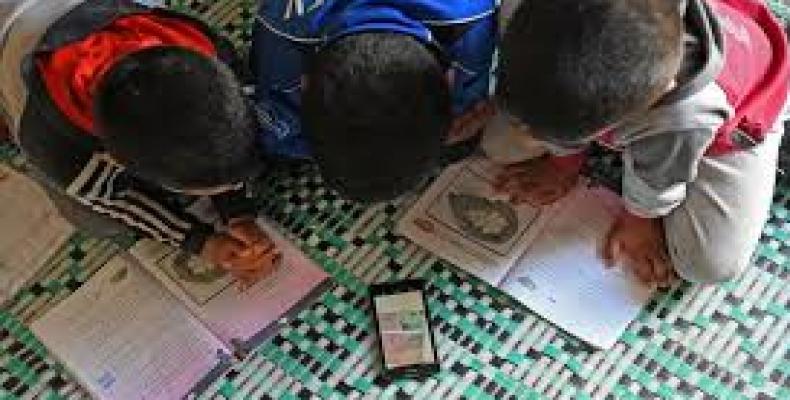Paris, April 22 (RHC)-- The United Nations Educational, Scientific and Cultural Organization (UNESCO) and the International Telecommunication Union (ITU) published an investigation showing that 826 million out of 1 billion 580,000 students do not have a computer and more than 706 million do not have Internet access in their homes.
The UNESCO-ITU data shows that the difficulties are greater in the less developed countries. In sub-Saharan Africa, for example, 89 percent of households do not have a computer, 82 percent do not have Internet, and 50 percent live in places without telephone coverage.
"To reduce persistent inequalities, we have to support other learning alternatives, such as resorting to community radio and television programs," UNESCO Director Audrey Azoulay said, pointing out that "teaching and learning aren't just limited to on-line media."
In 191 countries of the world, where face-to-face classes have been suspended, teachers are struggling with adapting their traditional methods to virtual learning. This happens even in countries with good information and communication infrastructures. In those states where such technologies are least available, the transition to virtual teaching has been even more difficult or even impossible.
In sub-Saharan Africa, only 64 percent of elementary school teachers and 50 percent of high school teachers have received minimal training, which usually does not include competencies for managing virtual learning environments.
"Inequalities pose a threat to continuity in learning in this unprecedented period of disruption," the UNESCO Assistant Director for Education Stefania Giannini said, adding that there is a need "to develop equitable solutions that allow the digital revolution to be inclusive."


